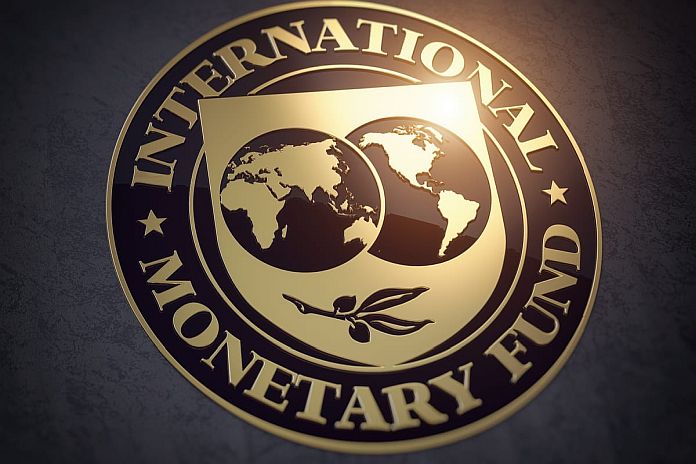- Net operational income, mainly comprising income from lending and investments, remained strong for FY 2024 reflecting the ongoing elevated use of Fund credit. The trend is expected to continue in FY 2025–2026 but subject to ongoing uncertainties. Precautionary balances are expected to reach the medium-term target of SDR 25 billion by end FY 2024.
- The executive board agreed to keep the margin for the rate of charge on IMF lending at 100 basis points until completion of the review of surcharges, but until no later than end FY 2025, at which time the board would set the margin for the rest of FY 2025 and FY 2026.
WASHINGTON, USA – On April 26, 2024, the executive board of the International Monetary Fund (IMF) completed its annual review of the Fund’s income position for the financial year (FY) ending April 30, 2024.
FY 2024 income position
Net operational income, of about SDR 2.5 billion (US$3.3 billion), is anticipated for FY 2024, reflecting mainly the ongoing elevated use of Fund credit. A gain of about SDR 1.3 billion (US$1.8 billion) from the actuarial remeasurement of staff retirement plan assets and liabilities has been estimated for the year. Overall net income is expected to reach SDR 4.4 billion (US$6.0 billion) after including the estimated investment income in the Endowment Subaccount of SDR 0.6 billion (US$0.8 billion). Projected net income, excluding the effects of IAS 19 gains and losses, is expected to bolster the Fund’s precautionary balances to SDR 25.1 billion (US$33.4 billion) at the end of FY 2024, thus achieving the medium-term target of SDR 25 billion.
The executive board also adopted several other decisions that are relevant to the Fund’s finances. These included decisions to: (i) reimburse costs to the GRA for the expenses of conducting the business of the SDR Department and for the operational cost of administering the Resilience and Sustainability Trust (RST); (ii) transfer income from the Fixed-Income Subaccount to the General Resources Account (GRA) after fully offsetting the retained loss incurred in FY 2022 and to retain the expected net income from the Endowment Subaccount for FY 2024 within the Endowment Subaccount; (iii) place the pension-related remeasurement gain in the special reserve and the remainder of net income equally in the special and general reserves; and (iv) transfer currencies equivalent to the increase in the Fund’s reserves from the General Resources Account (GRA) to the Investment Account.
Projections of the Fund’s income and precautionary balances remain susceptible to some potential risks and uncertainties including financial market volatility. Changes in key assumptions such as the discount rate used to measure the Fund’s retirement plan obligations and asset returns can have a large impact on the actual outcome. The FY 2024 annual financial statements will update for the impact of changes in key assumptions made at the time of the April projections.
FY 2025-2026 income position and lending rate
As noted above, operational income for FY 2025 and FY 2026 is expected to remain strong, with projected annual net income of SDR 2.9 billion (US$3.9 billion) for FY 2025 and SDR 2.8 billion (US$3.8 billion) for FY 2026. However, these projections are vulnerable to uncertainties stemming from financial market volatility, ongoing geopolitical tensions, and inflationary pressures that are expected to impact the performance of the Fund’s investment and retirement plan asset portfolios. The projections are also sensitive to future decisions relating to the surcharge policy review and the margin for the basic rate of charge as noted below, as well as the timing and amounts of disbursements under approved arrangements. Positive projected net income should allow the Fund to continue to accumulate precautionary balances.
The IMF’s basic lending rate for member countries’ use of IMF credit is the SDR interest rate plus a fixed margin. The executive board agreed to keep the margin for the rate of charge at 100 basis points over the SDR interest rate until completion of the review of surcharges, but until no later than end FY 2025, at which time the board would set the margin for the rest of FY 2025 and FY 2026. This would provide a more holistic perspective on policies that affect the cost of Fund credit.
FY2025–FY2027 medium-term budget
The executive board of the International Monetary Fund approved the 2025-27 financial years (FY25-27) medium-term budget. While the global economy has shown resilience to successive adverse shocks, the overall global economic context remains complex with slow and uneven growth, increased fragmentation, deepening divergence, and still high interest rates despite easing inflationary pressures. Read more here.
IMF Communications Department





